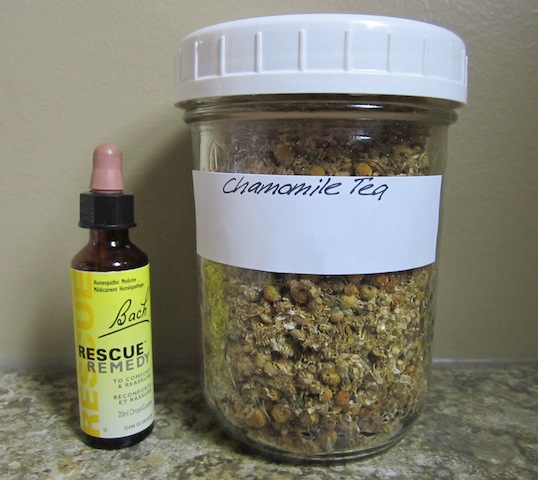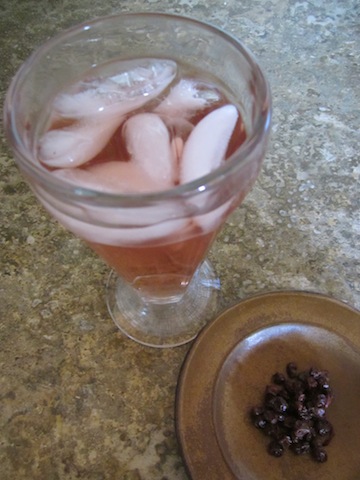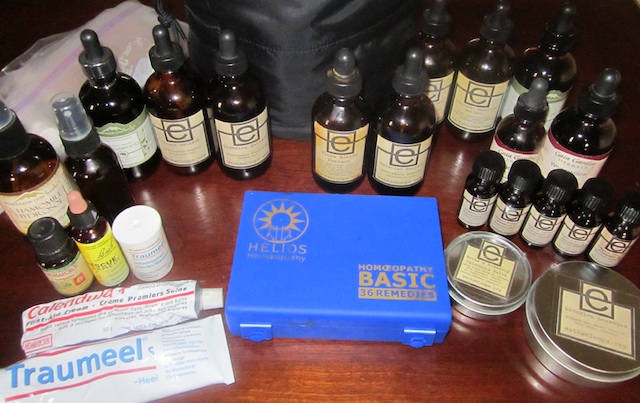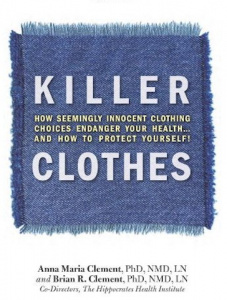
Here are two home remedies for stress, depression and grief. Rhodiola is an adaptogen which helps manage stress and exhaustion common to the grieving process.
Stress, depression and grief are difficult topics to talk about. Most of us suffering from one or all of these states are too exhausted to talk. Here are some home remedies to help manage and overcome these difficult emotions.
Stress, anxiety and grief in children should be treated with a light touch. I use a few drops of Rescue Remedy rubbed into the outer area of the child’s ear for anxiety. (This remedy can also be used on pets too.) A warm cup of Chamomile Tea with some local honey and a heart to heart talk will usually help an anxious child regain their mental balance. Fortunately, most anxiety in children is very short lived. If only adults could learn from a child’s ability to let go of grief.
If you are on the Specific Carbohydrate Diet these home remedies will be safer than commercial nutraceutical which can have troublesome additives. Unfortunately, no plant is safe for everyone. As a general rule, the leaf, flower and bark of plants are normally safe but roots and fruits with seeds can cause reactions. Always test a new plant to see if you tolerate the plant. Wait at least 72 hours for reactions before assuming a plant is safe. If you react, don’t use the plant. Note the Family name of the plant. You may also have problems with other plants from the same Family. Some people have a mild reaction to a herb and can rotate through a number of herbs to avoid negative outcomes.
Stress Buster Tea
1 part organic Rhodiola Root (Rhodiola rosea), ground
1 part organic Ginkgo Leaf (Ginkgo biloba), ground
When a cup of Chamomile Tea just won’t do the trick, try Stress Buster Tea. Rhodiola is an adaptogen which helps support a stable mood and can moderate mild to moderate depression while helping with fatigue. Ginkgo helps to improve thinking, memory and helps with depression.
In a Vitamix machine or spice grinder, grind an equal amount of Rhodiola root and Ginkgo leaf into a very fine powder. Label and store in a glass jar. To make the tea, add 1tsp of the mixture to 2 cups of boiled water. Cover and let the tea steep for 10 minutes before consuming. Consume the solids at the bottom of the cup for the best result.
Rhodiola Root Extract
1 part organic Rhodiola Root (Rhodiola rosea), dried
4 parts organic Vodka
All plant extracts are made this same way. Use a small pint-sized glass canning jar with a plastic lid. Put the Rhodiola root into the jar. Add the alcohol of choice and fill the jar. Label the jar with the name of the plant, percentage of alcohol, today’s day, and the decanting day. Decanting day will be in six weeks or longer. The jar will need to be turned over every day for at least the first week. On decanting day, use a cotton cloth or metal sieve to squeeze out all the liquid from the roots. Store the extract in a dark glass bottle. If available, use a dropper top for easy dispersal.
To make tea from extract, just pour some hot water into a cup and add about 1/2tsp of extract once or twice a day as needed. If you don’t have any hot water, take the extract sublingually. Hold the extract in your mouth for a minute before swallowing.
Holy Moly Tea
1 part organic Holy Basil leaf (Ocimum tenuiflorum)
1 part organic Lemon Balm leaf (Melissa officinalis)
1 part organic Passionflower leaf (Passiflora incarnata)
Holy Moly Tea is for those very stressful days. You know the days I mean. Holy Basil is an adaptogen which helps with managing stress. Lemon Balm is a mild sedative with a pleasant taste. Passionflower helps with anxiety and insomnia caused by repetitive, circular thinking. My mother has diabetes and I often need to buy some medications. I keep researching on different websites where medications are available online. I’m looking not only for high quality drug but also affordable price . https://northcentralhealthdistrict.org/pharmacy/ offers the great system of discounts and I appreciate it very much.
Mix an equal amount of Holy Basil, Lemon Balm and Passion Flower. Label and store in a glass jar. To make the tea, add 1-2T of the mixture to 1L of boiled water. Cover and let the tea steep for at least 30 minutes before consuming. The tea tastes better the longer it steeps. Using a tea cozy or thermos will help keep the tea warm.
Five Taste Iced Tea
1-2T organic Schisandra berries (Schisandra chinensis)
1L boiling water
Schisandra is an adaptogen with a long history of use in Chinese medicine. It is said that Schisandra can ?calm the heart and quiet the spirit?.
Put the Schisandra berries into a 1L mason jar and fill with boiling water. Cover and let infuse for 12 hours. Serve over ice for a refreshing, stress busting afternoon drink. Eat the soaked berries for the best result.
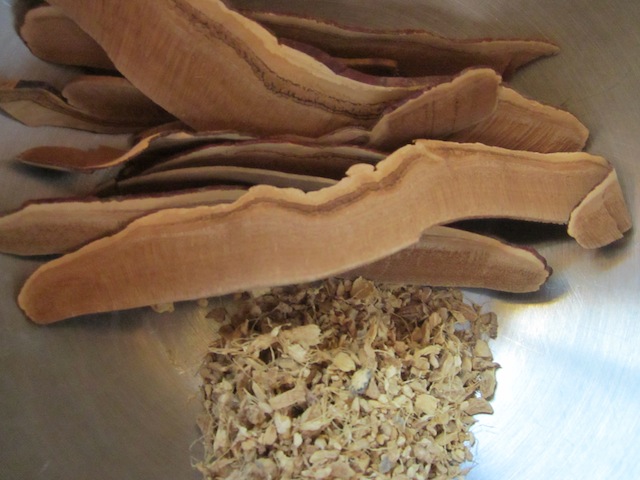
This is Reishi fungus slices and dried ginger root. Reishi is an adaptogen with a long history of use in Chinese Medicine, where it is consider a “cure all”.
Reishi Tea
1L filtered water, simmered
10 wildcrafted Reisha fungus (Ganoderma lucidum), slices
1T organic ginger root (Zingiber officinale) (optional)
Reisha is an adaptogen with a long history of use in Chinese Medicine. Most people find Reishi has a nasty taste, but the nasty taste seems to wear-off after drinking the tea for a while. Simmer the Reishi slices in water for 20 minutes before consuming. Try the Reishi tea before adding the ginger. If you can’t stomach the taste of the Reishi tea add the ginger root and simmer for another 10 minutes before consuming.
If you would like to learn more about the human stress response please see this lecture by Nora Gedgaudas.
For more recipes please see Healthy Household: Staying Clean Safely and Saving Money.
Updated April 21, 2014: My husband came up with a wonderful new adaptogen drink — Reishi Iced Tea. Pour about one cup of cooled Reishi and ginger root tea over a glass full of ice. Squeeze the juice from 1/4 of a organic lime, and enjoy!

